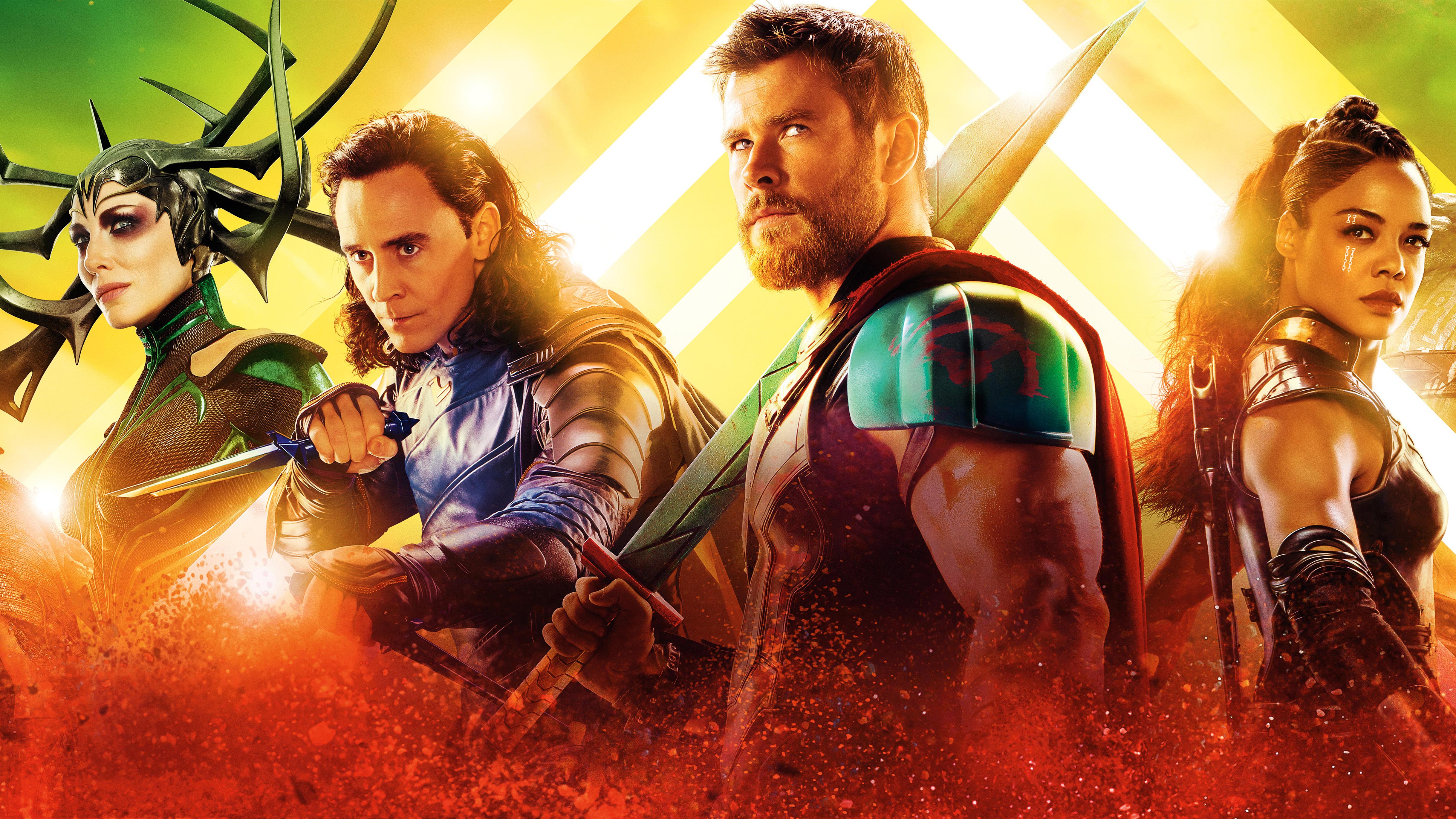Table of Contents Show
The Marvel Cinematic Universe (MCU) has seen many beings ranging from humans to aliens to gods; the Gods within the MCU have been present on screen for nearly a decade but their origins are hundreds of years old. Take Asgardians like Thor as an example, these Asgardians are based upon the gods and goddesses of Norse Mythology but in many ways, they differ wildly from the figures they were based upon.
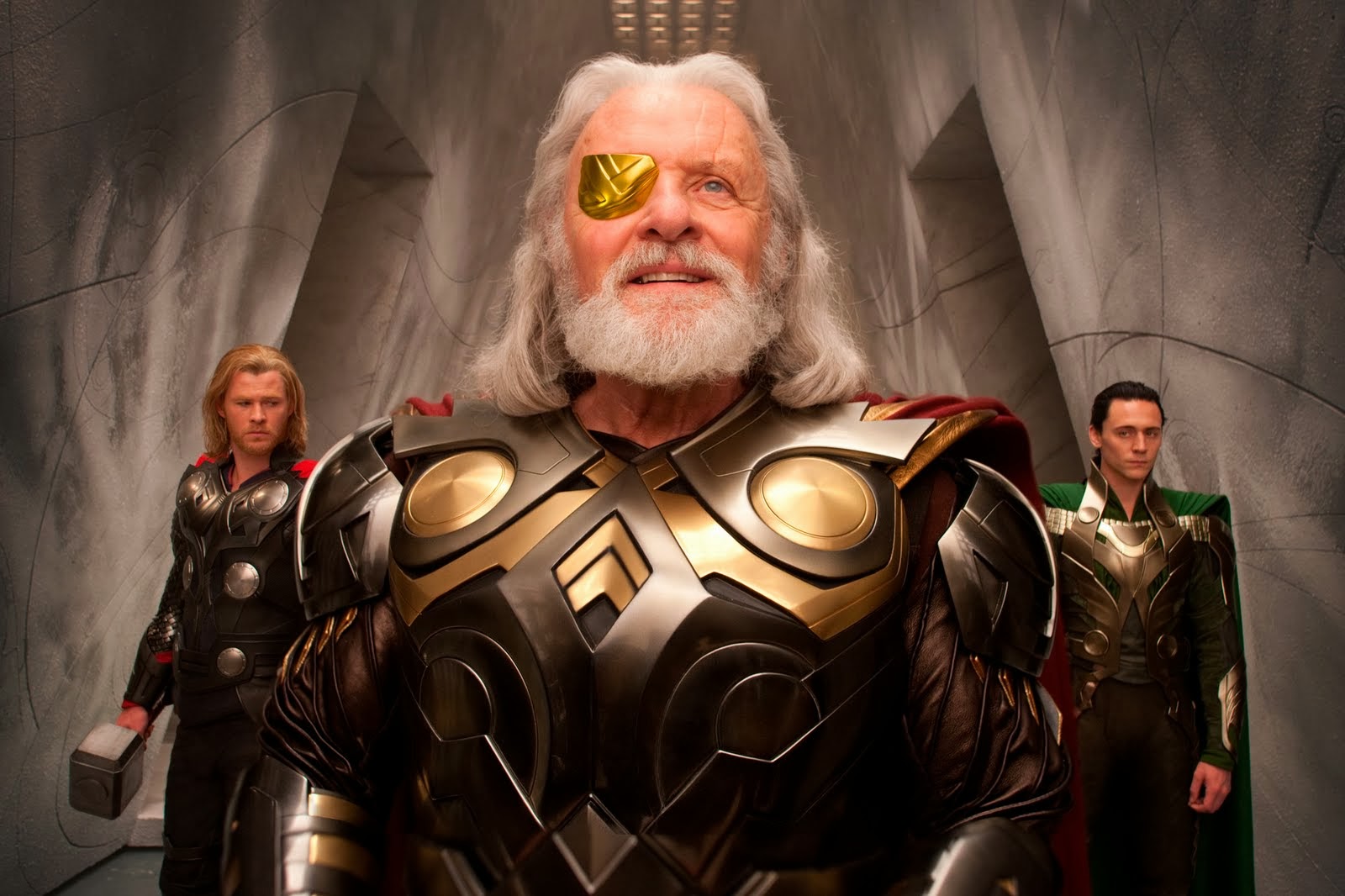
One issue scholars face when studying and reflecting upon Norse Mythology is the lack of primary sources available. Most of what we know today about Norse Mythology comes from either the Poetic Eddas or Prose Eddas. Even then, the question of how much the outside sources that recorded these previously orally passed stories affected the original narrative. The result is that there are questions about Norse Mythology that we simply do not have answers to, but nevertheless, what we do know about the old religion was clearly an inspiration for the Marvel characters that share their names.
Thor
Since 2012, Thor has been a mainstay in the MCU and a fan-favorite character. The most iconic features of Marvel’s Thor are his hammer, Mjöllnir, and his brute strength. For the most part, this version of Thor translates very closely to his Mythological counterpart. The god Thor was a noble warrior who wielded a hammer of the same name against the Asgardians’ enemies, just as the character Thor protects his people and the Earth.
Visually, the biggest difference between Marvel’s Thor and the Mythological Thor was in his hair. While both are large, intimidating men, Marvel’s Thor has been well known for his long flowing blonde hair. Funnily enough, one of the most distinctive and reoccurring descriptions of Thor in Mythology is his red hair and red beard (( Gaiman, Neil. Norse Mythology. Bloomsbury, 2018. )). The personalities of the two versions match up fairly consistently. Both are warriors who value honor and prefer to punch their problems away. The weapon they use to protect their people, however, has slightly different origins.
Mjöllnir
In the first Thor movie, we learn the origin of Thor’s hammer within the MCU. It was gifted to Thor by his father, Odin, who cast a spell on it so that it could only be lifted by those it deems worthy. Though the hammer’s ability highlights shared traits between the character and the god, honor and nobility, it isn’t at all similar to the mythological origins of Mjöllnir. In Norse Mythology, Loki, rather than Odin, was partially responsible for the hammer’s creation. After playing a prank on Sif, Thor’s wife, in which he cut off the long, golden hair that was her pride and joy, Thor threatened Loki. Thor told him to find a way to fix what he had done or else.
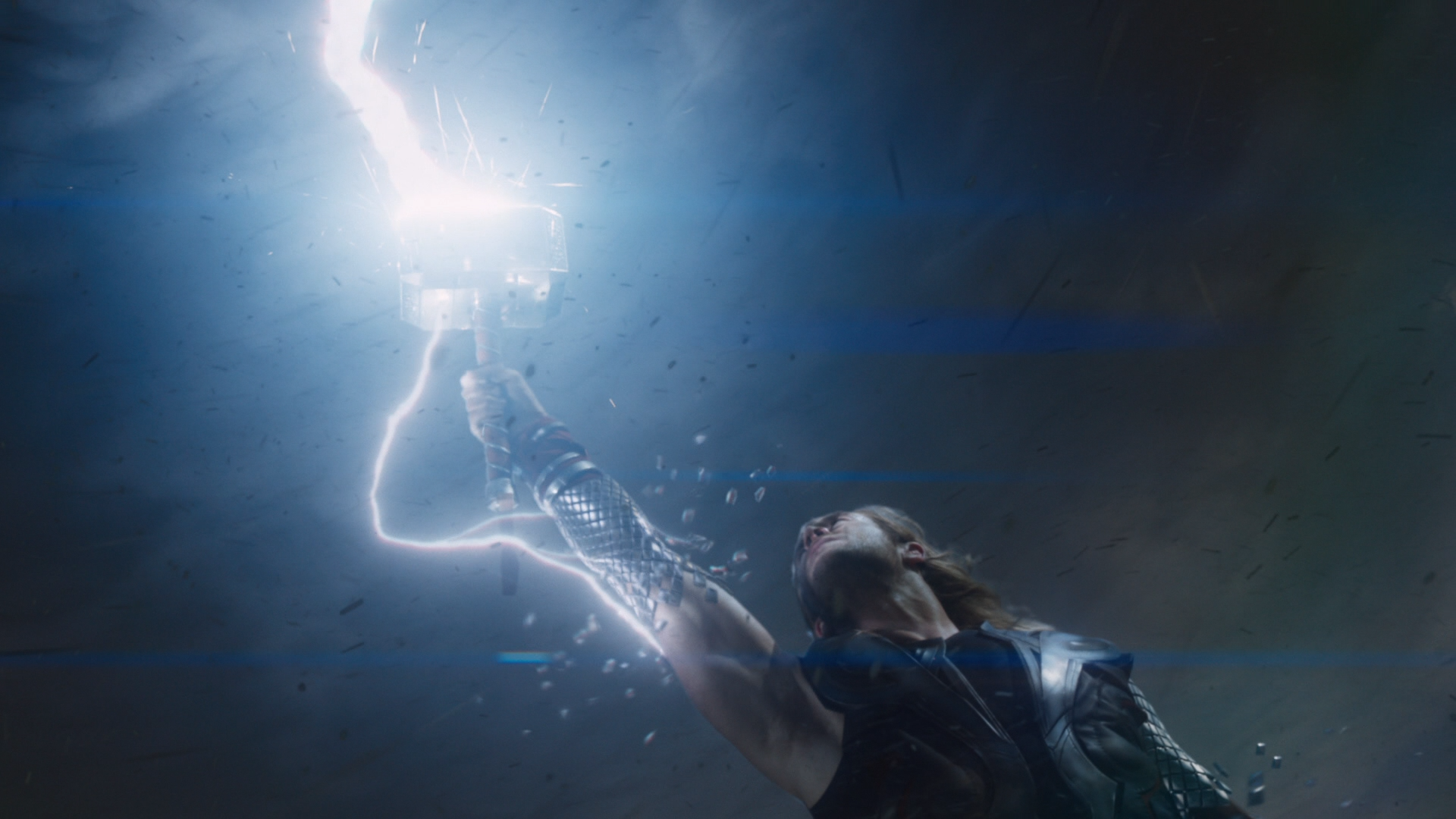
Loki decided he would get the dwarves to create a head of golden hair that would affix itself to Sif and continue growing like real hair. However, he needed a way to convince the dwarves to help him. To do so, he challenged two rival groups of dwarven craftsmen to a competition. In addition to the hair, each team would create two gifts for the Asgardians, and whoever’s gifts were best received would be declared the finer craftsmen. Many famous items in Norse Mythology were created during this competition, including Mjöllnir. The hammer was gifted to Thor so he could better protect his homeland from the giants and appears in most myths that involve Thor himself from then on (( Gaiman, Neil. Norse Mythology. Bloomsbury, 2018. )).
Loki
Once again, at their core Loki the character and Loki the god are very similar people in regards to their personality and narrative purpose. Loki is a trickster who plays both sides of a conflict, shifting his allegiance with the Asgardians back and forth depending on what benefits him the most. In both versions, Loki often causes mischief the complicates Thor and other heroes’ stories but is normally resolved through some clever thinking.
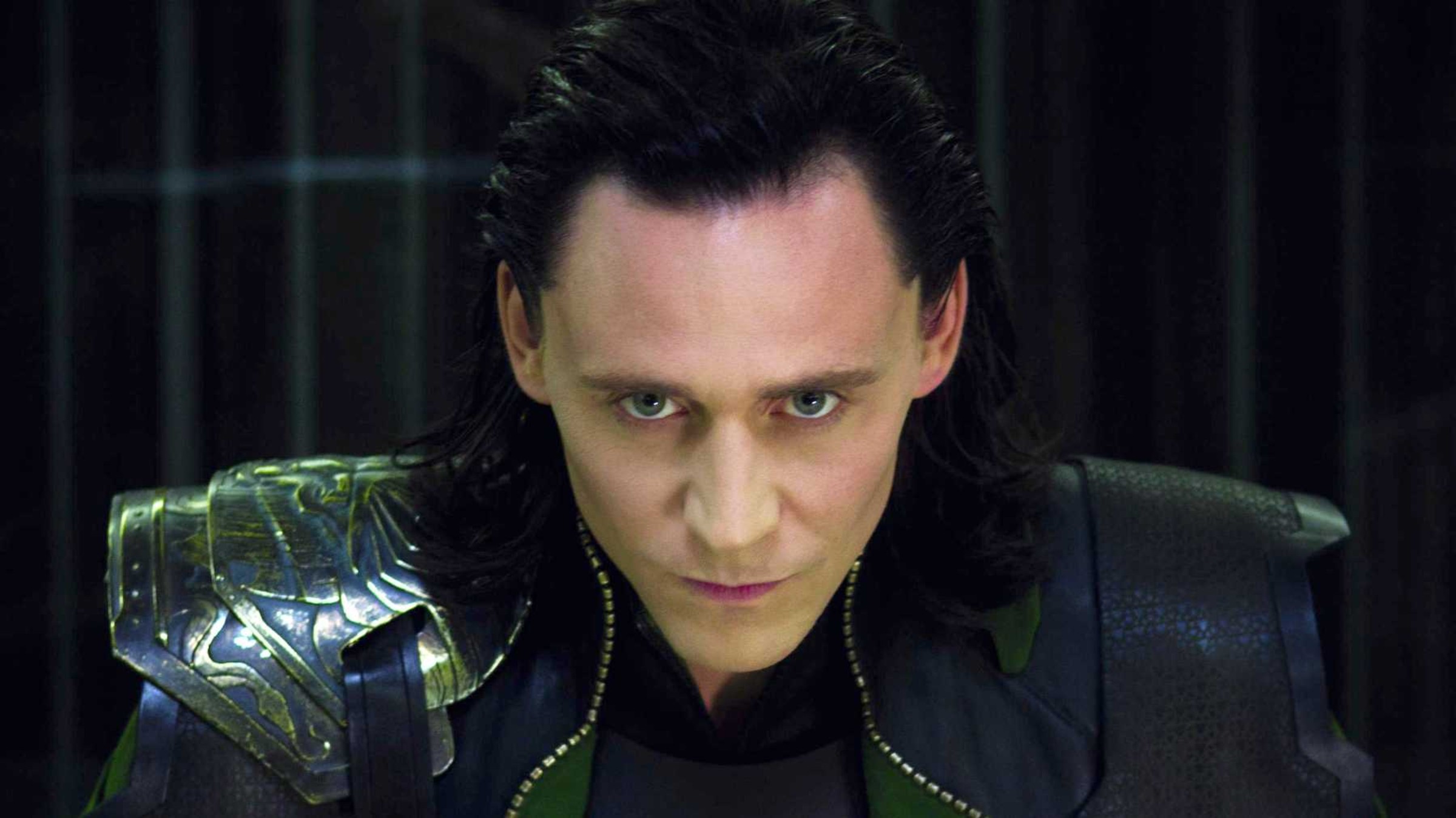
When first introduced in the MCU, Loki was the villain of Thor’s film. Eventually, however, he redeems himself and is now firmly situated within the franchise as an anti-hero. This mirrors the god Loki’s story as well. Though he often interacts with and even aids the Asgardians, legends say that he will betray them in the final days of Ragnarok. Additionally, like his character counterpart, the god Loki’s origins are similarly unallied with Asgard.
Loki’s Lineage
Loki was not fully considered one of the Aesir (another term for the Gods of Asgard). While most gods are named simply as Asgardians or Aesir, references to Loki list him as ‘counted among the Aesir’ (( Lindow, John, and John Lindow. Norse Mythology: A Guide to Gods, Heroes, Rituals, and Beliefs, Oxford University Press USA – OSO, 2002. ProQuest Ebook Central. )) which highlights his difference from them even while still firmly linking him to Asgard. The details of Loki’s origins are one of the previously mentioned stories that have disappeared over time, but the broad strokes remain. Loki’s father was a giant named Farbauti and his mother alternates from story to story between Laufey or Nal (( Lindow, John, and John Lindow. Norse Mythology: A Guide to Gods, Heroes, Rituals, and Beliefs, Oxford University Press USA – OSO, 2002. ProQuest Ebook Central. )).

Regardless of his mother’s origins, in most cases, Norse figures are allied to their fathers, which would ordinarily make Loki a Giant rather than the Asgardian that he seems to be more heavily depicted as. This aspect of Loki is echoed in the Marvel character, who was born the son of Frost Giants and then taken in by Odin to be raised with the Asgardians. Loki’s relationship to Odin in myth was not father and son, but instead that of sworn blood-brothers that met as adults. It is suspected that Odin made this arrangement with the trickster God in an attempt to win his favor and prevent Loki from turning on the Asgardian as was foretold to happen in Ragnarok (( Lindow, John, and John Lindow. Norse Mythology: A Guide to Gods, Heroes, Rituals, and Beliefs, Oxford University Press USA – OSO, 2002. ProQuest Ebook Central. )).
Loki’s Relationship To Gender
One of the more interesting aspects of the god Loki that is not seen on screen is his unique relationship with gender. In several stories, the god Loki winds up in situations that do not paint him in the traditionally masculine way that other gods are. Scholars have suggested that this lends a ‘sexual ambiguity’ to the god Loki and his relationship with gender (( Lindow, John, and John Lindow. Norse Mythology : A Guide to Gods, Heroes, Rituals, and Beliefs, Oxford University Press USA – OSO, 2002. ProQuest Ebook Central. )). In one story, Thor and Loki are forced to attend a wedding in disguise as the Goddess Freyja and her handmaiden to get Thor’s stolen hammer back. Thor does so very begrudgingly and the story highlights that despite his feminine apparel, Thor still portrays aspects that are traditionally male. He is loud, eats too much, and the Giants they are attempting to fool are baffled by ‘Freyja’s (Thor’s) manly behavior (( Gaiman, Neil. Norse Mythology. Bloomsbury, 2018. )).
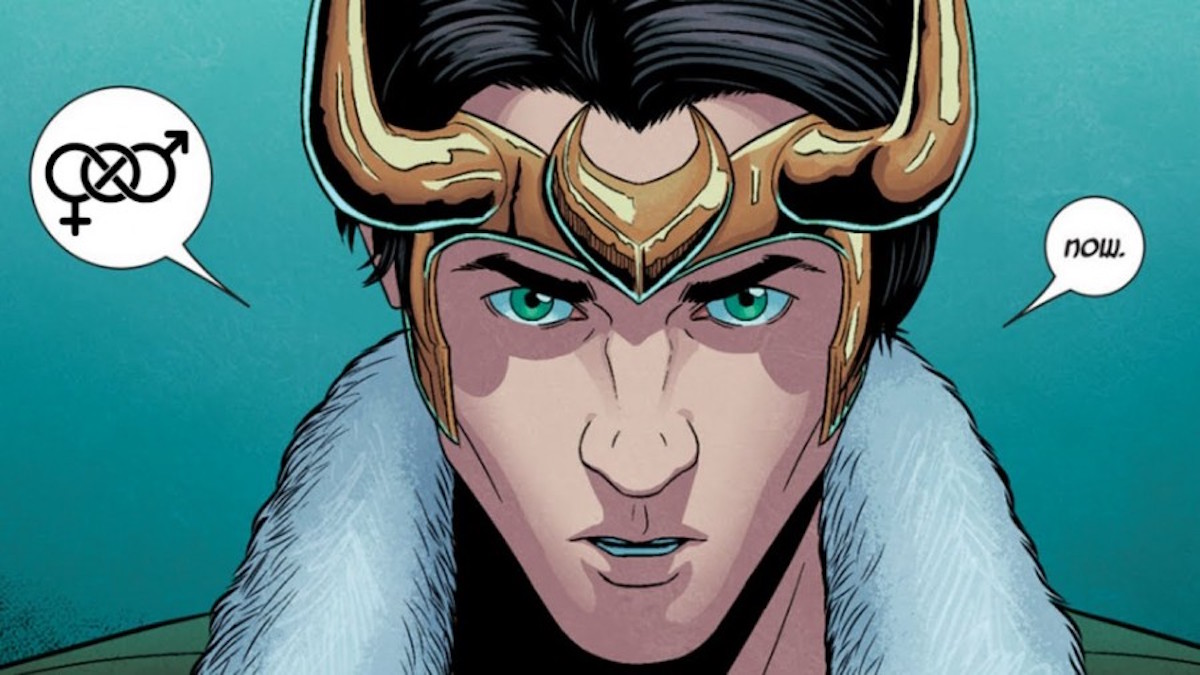
On the other hand, Loki doesn’t seem to have much issue with dressing as a woman. He fits the part much better than Thor and even scolds him for his ‘manly’ behavior. In a particularly strange tale, the god Loki actually gives birth. He had taken on the form of a female horse to distract a stallion and help the Asgardians win a deal against a Giant. After which, he bears a foal which becomes Odin’s legendary eight-legged steed, Sleipnir (( Gaiman, Neil. Norse Mythology. Bloomsbury, 2018. )). These stories, in addition to the fact that Loki was a practitioner of magic which was considered a female art traditionally to the Norse, show that Loki frequently danced between traditional gender roles in a way that the MCU version did not.
Hela
While the previous two characters were relatively similar to their Norse origins, Hela is not. She is most often referred to as Hel in Norse Myth rather than Hela, so already there is a difference to be found. The similarities between Hela and the goddess Hel seem to start and end with the role/realm she was given to rule over. In both iterations, Hela is the goddess of death, but there are distinct differences to note. At face value, being the goddess of death is distinct and seems hard to change from one iteration to another. The character Hela seems to be powered by the death of the fallen soldiers and reveals, in the chaos and harm, that her war against Asgard causes. The issue with this in regards to the goddess Hel is that Hel did not lord over all versions of death.
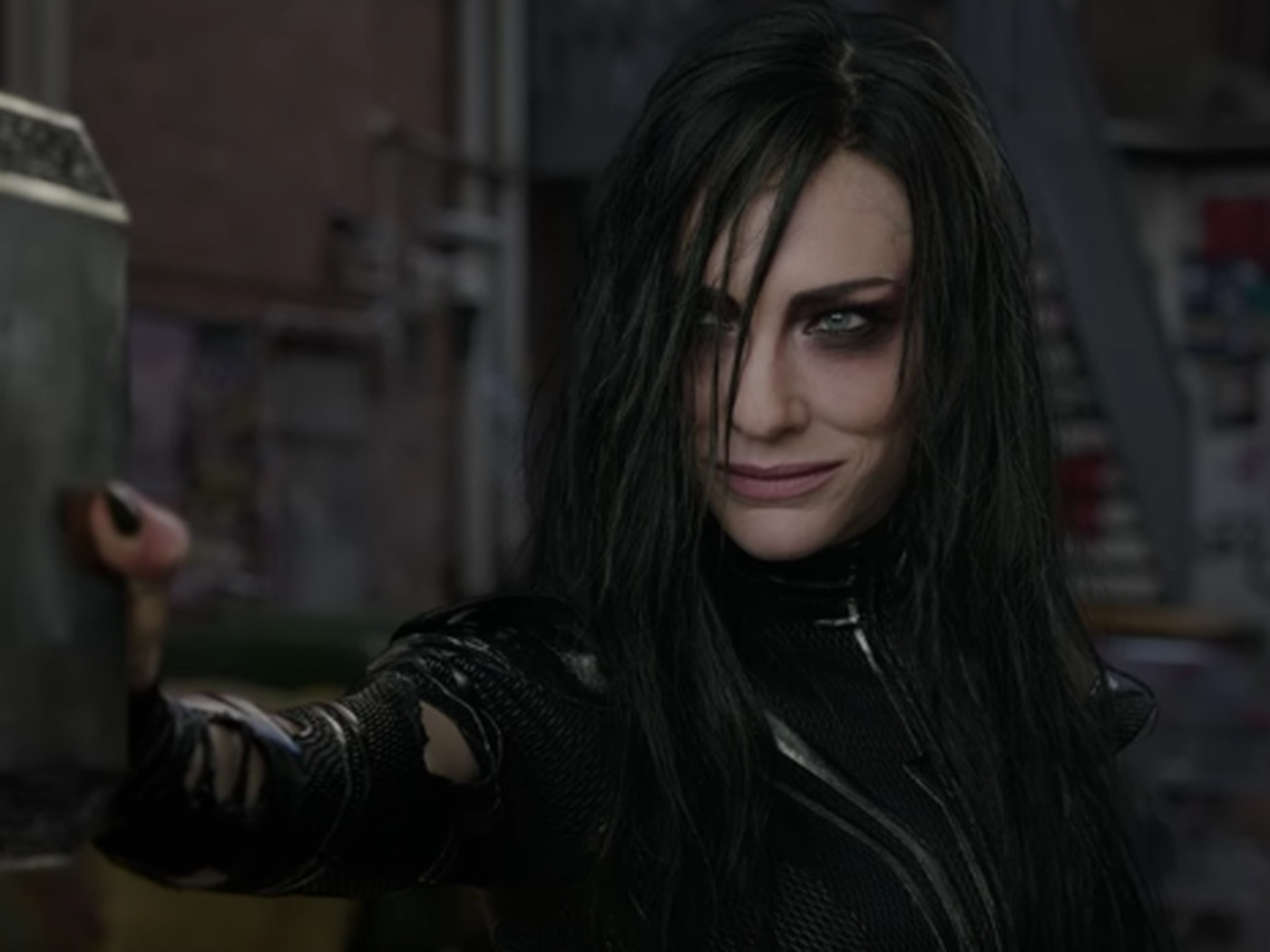
In Norse Mythology, the way you died was important because it, amongst other things, could determine which of their various afterlife worlds one would be sent to. The goddess Hel only had dominion over those who died of old age or sickness, not those who fell in battle (( Lindow, John, and John Lindow. Norse Mythology: A Guide to Gods, Heroes, Rituals, and Beliefs, Oxford University Press USA – OSO, 2002. ProQuest Ebook Central. )). For that reason, she had very little association with battle in the first place. Marvel’s Hela, on the other hand, is a conqueror obsessed with expanding her empire.
Hela’s Appearance
Another way that the two versions of Hela differed was in her physical appearance. In the MCU, the character is strong, beautiful, and deadly. In Norse myths, that was not the case. The goddess Hel had two sides, one a beautiful young woman, perhaps similar to the character Hela in that way, and the other was essentially a walking corpse. She was described as “half dark blue and half flesh color” (( Lindow, John, and John Lindow. Norse Mythology: A Guide to Gods, Heroes, Rituals, and Beliefs, Oxford University Press USA – OSO, 2002. ProQuest Ebook Central. )) in some Prose, Edda translations and the Asgardians around her always seemed more unnerved than intimidated by her appearance.
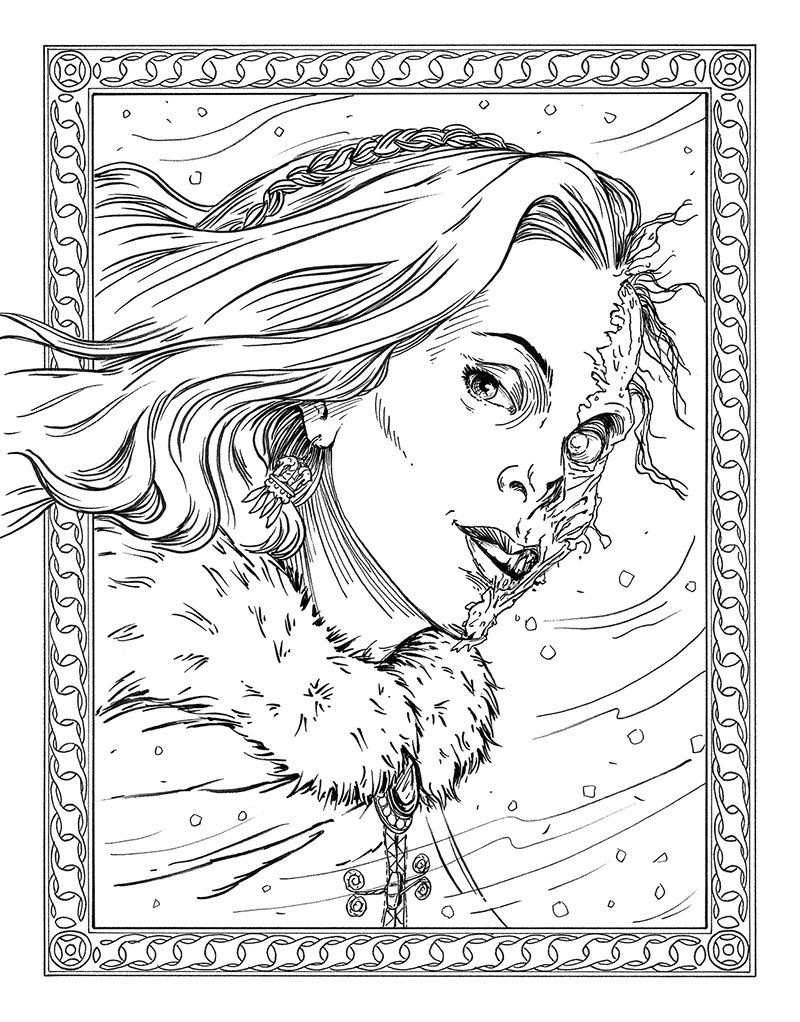
Hela’s Lineage
Like Loki, Hela’s lineage and origins were twisted though not to the extent that they become entirely unrecognizable. While the goddess Hel did have a familial link to Loki, it was not the sibling relationship shown in the MCU. The god Loki is actually Hel’s father. Her mother was an ogre named Angrboda, and the wolf Fenrir, who also makes an appearance in Thor: Ragnarok, is one of her brothers.
Different People For Different Asgardians
The differences between the characters and the gods do not subtract from either version and merely reflect the stories they are meant to tell. The Marvel movies are fast-paced and action-driven, and the changes made to the characters reflect that. Similarly, the roles and stories of the Norse gods show us what that culture and time highlighted as important. By looking into the origins of the Asgardians, one can gain a more thorough understanding of the interesting culture they came from and demonstrate that something different doesn’t always mean it is better or worse.
